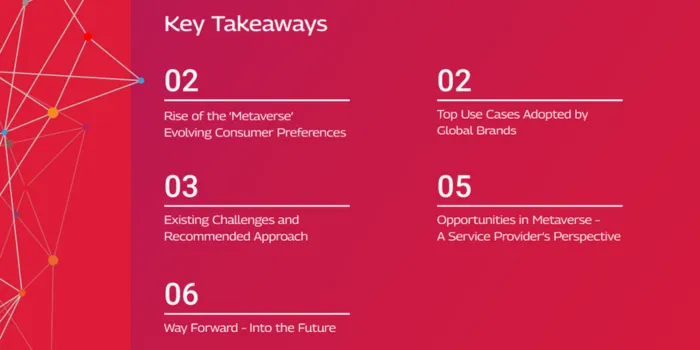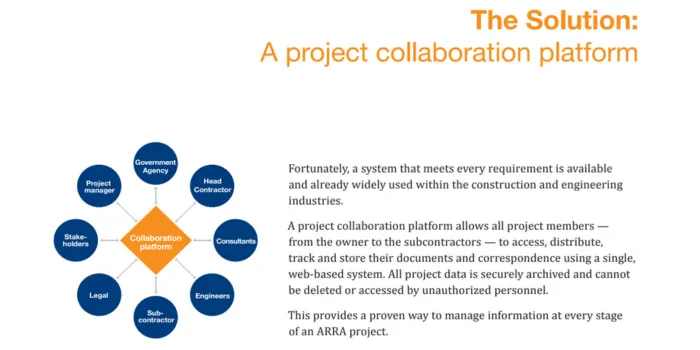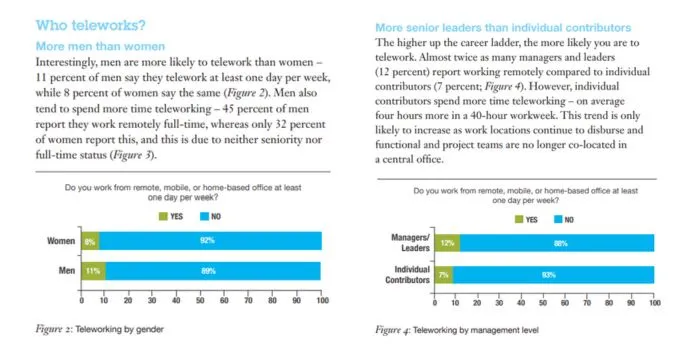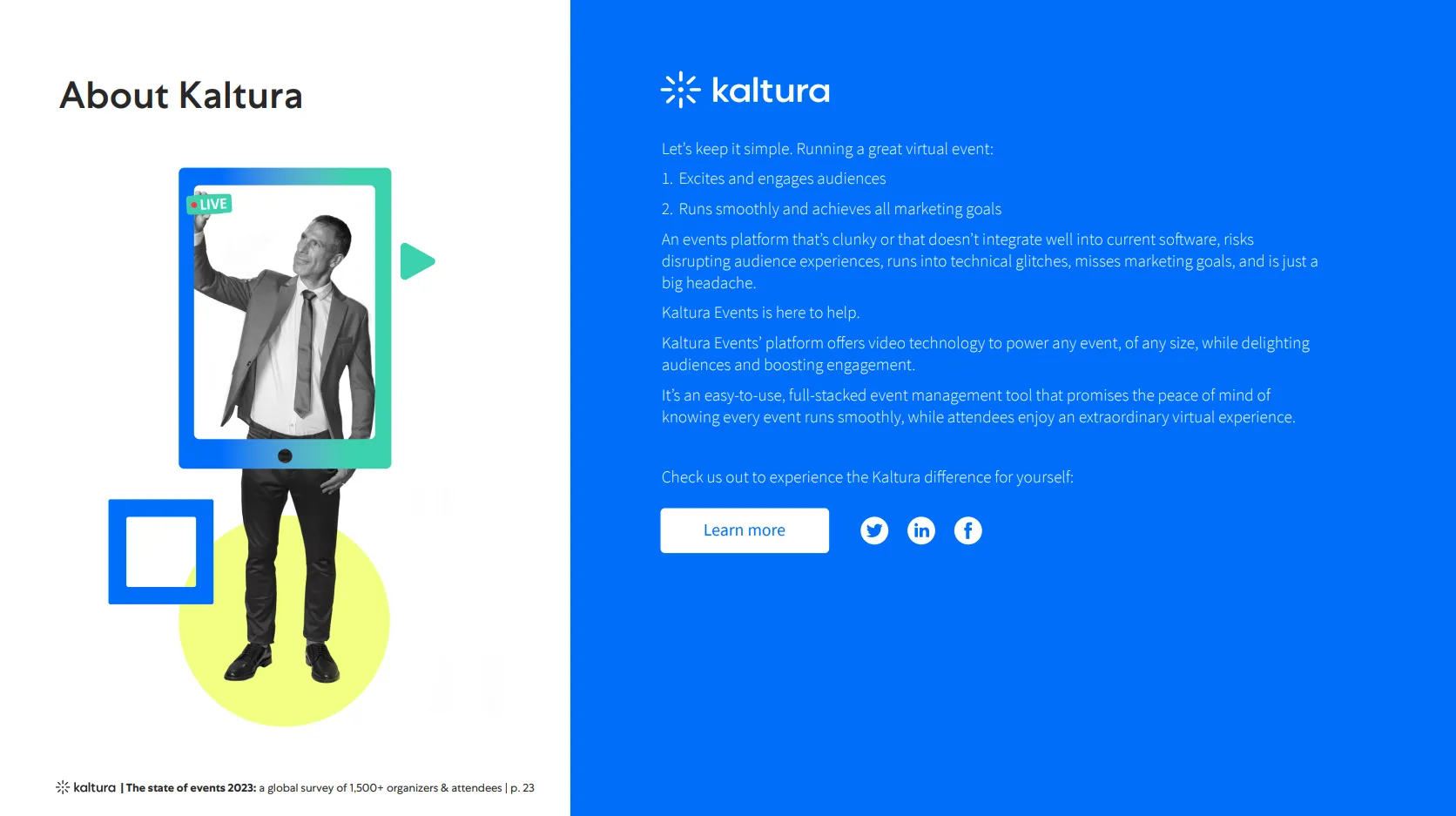

What kind of article grabs your attention—one that's cluttered with dense text or one that's easy to read with plenty of white space and engaging images? Of course, the second one, right? Just like that, the structure of a white paper can make or break its effectiveness—and it might be the reason your white paper isn't getting the attention it deserves.
At Lexiconn, through our extensive white paper writing services, we’ve learned that success comes not only from writing effective white papers but also from presenting them clearly. The structure of the whitepaper can turn complex information into something clear, engaging, and easy to digest. In this blog, we’ll share the strategies we use to structure white papers for maximum impact, but before that, let’s understand a whitepaper vs. case study.
When it comes to marketing and business communication, white papers and case studies often get mixed up. A white paper is a detailed article that explains a complex topic and helps businesses showcase their expertise.
Many companies use white paper writing services to create thought leadership white papers that position them as experts in their field. A case study, on the other hand, focuses on a specific success story, showing how a product or service helped solve a problem.
While both are helpful, understanding the difference between a white paper vs. case study is key to choosing the right approach. If your goal is to educate and build authority, an effective white paper works best. For showing real-life results and gaining trust, lead-generation white papers through case studies are ideal.
Lexiconn can help you with white paper writing services to create engaging, informative white papers that deliver results. Now that you understand "white paper vs. case study," let's examine how to structure an effective white paper with examples from some of the top professionals in the industry.
Your white paper’s cover page is the first impression your audience will get, so make it interesting and colorful. Keep it clean and professional but also eye-catching to draw readers in. Here are examples of how the cover page of effective white papers should look like.

Here’s what you should include:
Remember, simplicity works best here. An overly complex design can distract your readers from the message you want to convey.
Including a letter at the start of your white paper adds a personal touch and builds trust with your audience. While not mandatory, it can make the document feel more authentic. A letter from the author should:
This section gives the document a human element, helping readers connect with the content on a more personal level. Thought leadership whitepapers usually include a personal letter.
The abstract is the summary of your white paper, helping your reader determine if it’s worth diving deeper into. Keep it concise and informative—around 200-250 words. Use industry-specific language to appeal to your target audience while ensuring it’s both compelling and clear.
Here’s an example of a well-written abstract with key takeaways on how to write it for an effective white paper.

Your abstract should:

Think of the abstract as your hook: it should be intriguing enough to make readers want to continue.
Read our blog on how to create quality contentfor further insight.
The body of your white paper is where you make your case. It should be well-organized, professional, and evidence-based. A clear structure is essential for guiding the reader through complex information. Here's how to break it down:
Start by introducing the issue or pain point you’re addressing. Be specific about the challenges your audience faces, and use industry-specific terminology to show you understand their world. This section should connect with your readers’ experiences, setting the stage for your solution. Here is an example

Once you’ve clearly defined the problem, it’s time to offer a solution. This section should:

Now that you’ve outlined your solution, it’s time to show how it benefits the reader. Don’t just tell them the solution works—prove it. Use data, charts, and real-life examples to illustrate the positive impact of the solution. Consider including comparative studies to highlight the difference in performance before and after implementing the solution.
|
Pro Tip: Incorporate relevant SEO keywords naturally throughout your white paper. Focus on the chain of words your target audience is likely to search for, especially in titles, headers, and meta descriptions. This improves the chances of your white paper generating leads by ranking higher in search results. |
Sometimes the body of the white paper doesn’t allow for in-depth data or research. That’s where the appendix comes in. This section is a great place to add any technical details, case studies, or additional research that supports the argument made in the white paper.
Including a glossary of terms or definitions of industry-specific jargon can also be helpful for readers unfamiliar with certain terms. This enhances the value of white papers in generating leads by making them more comprehensive.

Consider incorporating interactive elements such as infographics, clickable links, orvideos wherever applicable to make your white paper even more effective. These elements can help break up large chunks of text and make complex data more accessible, ultimately enhancing the reader's experience.
Additionally, always ensure your white paper is mobile-friendly, as more people are accessing content on their phones and tablets. A clear, concise, and visually engaging white paper is more likely to capture the attention of your target audience and generate meaningful leads.
The boilerplate is a short section at the end of your white paper that provides standard information about your organization. It’s a great place to briefly mention your company’s mission, history, or key achievements.
Additionally, including contact information or a call-to-action (CTA) can help readers take the next step, whether it’s getting in touch or learning more about your product or service. Here is an example of a boilerplate

A strong title is essential for grabbing attention. Here are a few tips for crafting an impactful title:
One of the most valuable aspects of writing a white paper is the opportunity to collaborate with Subject Matter Experts (SMEs). They provide the deep industry knowledge and insights you need to create a compelling, authoritative document. Here are a few tips for effectively working with SMEs:
Lexiconn can help you develop your content strategy and convert industry insights from SMEs into a well-written whitepaper.
Gating a white paper means restricting access by requiring users to fill out a form before downloading. This strategy helps businesses collect valuable leads through whitepapers while offering potential customers expert-level content.
When to Gate?
When Not to Gate?
Best Practices
Gating works best when done thoughtfully, balancing lead generation with providing value upfront.
A white paper isn’t just about sharing information—it's about delivering value. When crafted well, it can build trust, position your brand as an authority, and connect with decision-makers. Focus on addressing your audience's needs, offering clear solutions, and backing up your claims with data.
Remember, a white paper is a living document. After publishing, monitor its performance, gather feedback, and make updates to keep it relevant and impactful. This ongoing optimization ensures it continues to serve as a valuable resource for your audience.
Looking for white paper services? Lexiconn provides white paper services that deliver your message clearly and engage and convert your audience. We offer a free pilot and a 30-minute consultation to help you get started on the right foot. Contact us today to find out how we can help your business with expert white paper writing!



I have read and accept the Privacy Policy
Read More